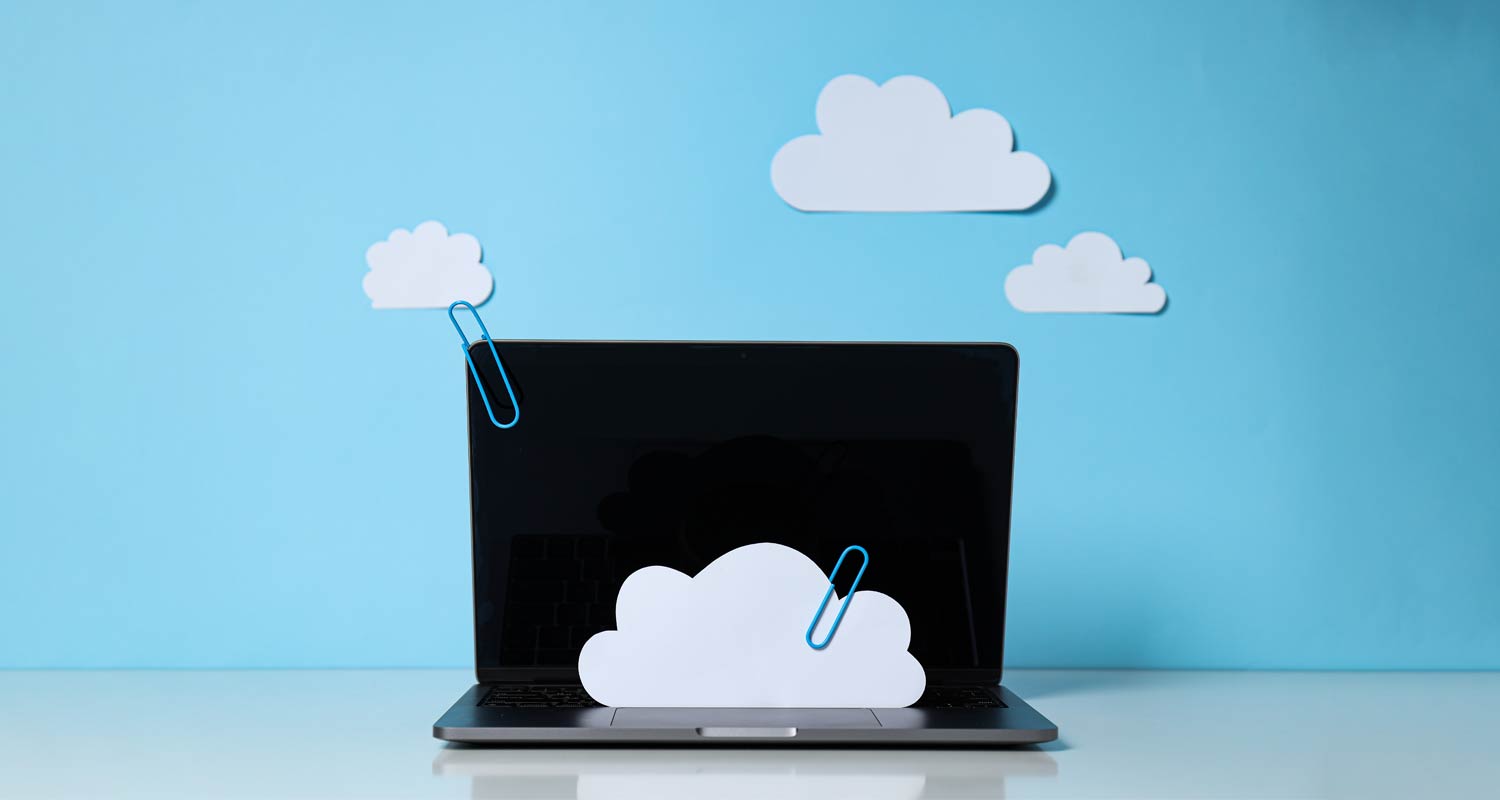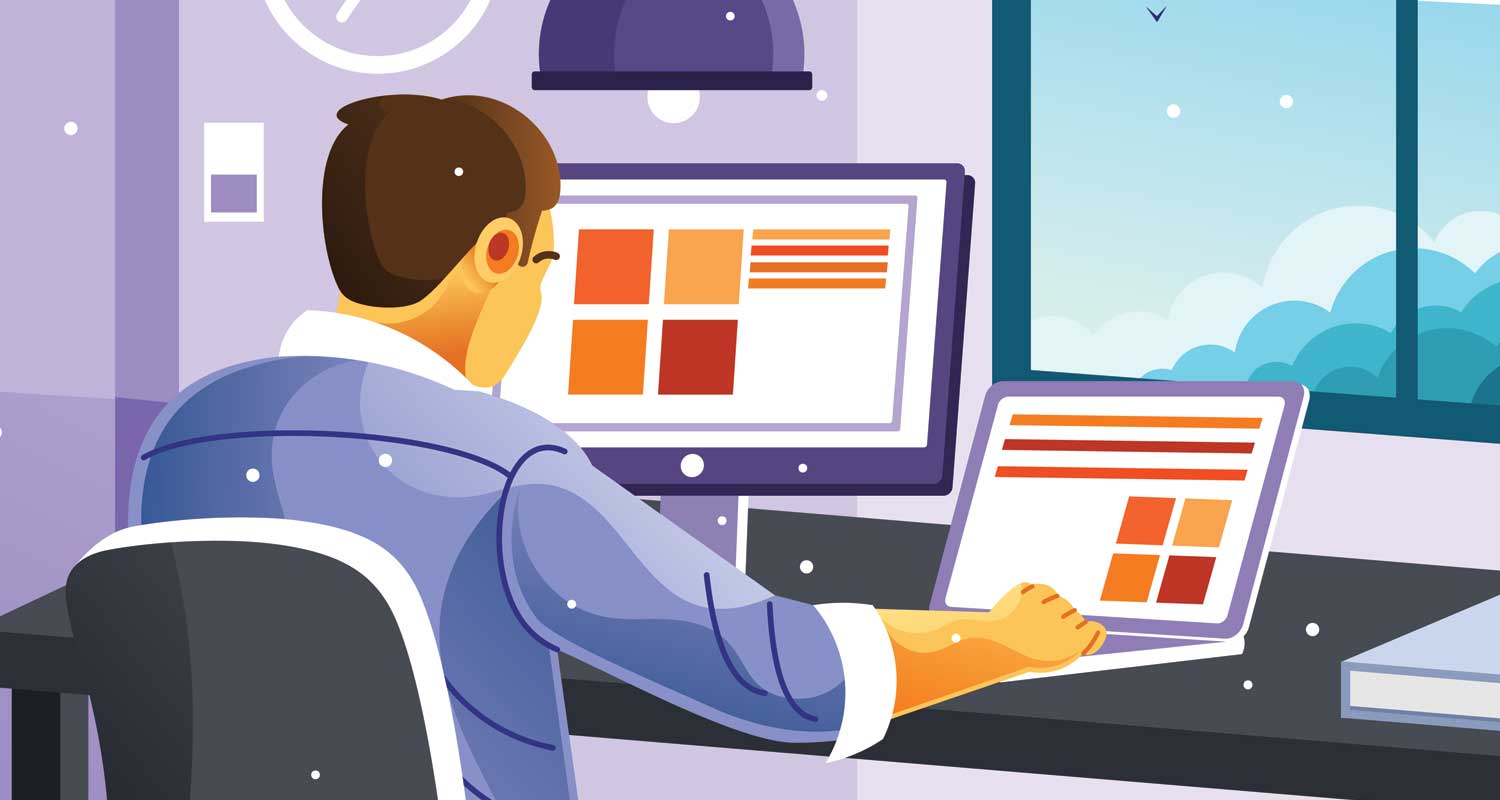
The public launch of ChatGPT in November 2022, in retrospect, looks like as much of an inflection point for the IT industry as the Covid-19 crisis and the subsequent shift to remote working models. But as much traction as artificial intelligence gained during 2023, that was just the beginning for the technology — 2024 is when AI will burst into the mainstream.
Analysts are forecasting staggering growth, with IDC predicting that the worldwide AI software market will grow from US$64-billion in 2022 to nearly $251-billion in 2027. That excludes generative AI solutions and platforms, a market which IDC says was worth nearly $16-billion worldwide in 2023. The generative AI market is expected to touch $143-billion by 2027.
Generative AI’s compounded annual growth rate (CAGR) of 73.3% between 2023 and 2027 is more than twice the rate of growth in overall AI spending and almost 13 times greater than the CAGR for worldwide IT spending over the same period. This is a story that is likely to dwarf every other story in IT for years to come.
Here are some of my predictions for 2024:
1. AI bypasses the trough of disillusionment and goes mainstream for businesses
AI isn’t new, and many companies are already using it for a range of applications, from targeted marketing to fraud detection. But with the advent of generative AI, AI has morphed from an arcane tech used by data scientists and other specialists into a powerful tool that anyone can use to automate tasks or augment their work.
This is as much of a game-changer as it was to put smartphones into everyone’s hands. I’ve been in tech long enough to have seen the early days of personal computing, the rise of the internet, and the advent of smartphones and web 2.0. I believe that AI and especially gen AI will transform how we live and work even more profoundly than any those technologies.
I have also seldom seen such excitement among enterprises for taking an emerging tech from proof of concept to production in such a short time. The ability to find meaning in vast amounts of unstructured data (such as large language models), rapidly create content from code, summarise complex documents and optimise knowledge work has applications in nearly every process and function in business.
The applications are limited only by our imaginations — from producing tailored content for each customer and generating product ideas, to finding trends in unstructured data like voice recordings or streamlining creation of contracts. We’re already seeing a range of start-ups rushing to market with solutions built on platforms like GPT-4, indicating that the age of AI innovation is in full swing.
2. New attack surfaces drive convergence of OT and IT
Cybersecurity will remain a top-of-the-agenda concern for CIOs and the rest of the C-suite throughout 2024, with recent high-profile ransomware attacks and data breaches highlighting just how vulnerable South African companies are. Tools such as AI (expect to see hackers using gen AI and deepfake technology for more sophisticated social engineering attacks) and ransomware-as-a-service enable cybercriminals to launch more attacks with less effort.
Companies, meanwhile, are struggling to protect a wider attack surface, with remote work, mobilised business processes and internet-of-things devices offering new entry points into corporate networks for bad actors. One of the frightening trends that has unfolded in recent years is the growing incidents of cyberattacks that target critical infrastructure such as utilities, ports, pipelines and manufacturing plants.
Read: ARM CEO fears humans could lose control of AI
These attacks target operational technologies such as Scada systems or industrial internet-of-things sensors used to manage physical processes in plants, factories and other asset-intensive settings. One of the major trends I’m thus expecting to see is the continued convergence of operational technology (OT) and IT. This convergence will increase the scope and responsibilities of CIOs in South Africa.
OT attacks can be devastating, so safeguarding hardware, software and other technology used to monitor and control physical processes, devices and infrastructure will be a priority. Companies will need to align standards, policies, tools, processes and staff between IT and OT to protect their assets in the world of the fourth Industrial Revolution, where physical processes and digital technology are blurring together.
 3. Cloud optimisation becomes a priority
3. Cloud optimisation becomes a priority
Most South African organisations started migrating to the cloud several years ago and have progressed far into the journey. But as they’ve moved more of their workloads to the cloud, complexity has spiralled in their cloud environments. Large businesses are running complex multi-cloud and hybrid cloud setups, leveraging private clouds as well as public cloud services from international hyperscale providers and offerings from local service providers.
Gaining a transparent view of costs and performance across all these providers is far from easy, especially when different cost centres and development teams are working independently. Wastage of resources through practices such as overprovisioning is commonplace, and factors such as rand/dollar volatility and data ingress and egress costs complicate budgeting even further.
Global research from Foundry shows that two-thirds of IT decision makers expect their cloud budget to increase in the next 12 months and that more than a third cite controlling cloud costs as their top challenge in making the most of their cloud strategies. As such, one of the major trends we’ll see in the next year is a more concerted focus on cloud cost control.
Especially with the global competition they face for people with Amazon Web Services and Microsoft Azure skills, local companies will turn to strategies such as automation of operations and centralisation of resources as ways to control costs. There will also be more focus on maturing cloud financial operations (FinOps) — the tools and methodologies enterprises use to get better visibility into variable cloud spending, curb wastage and ensure accountability.
4. DEX and DaaS: The new frontiers of end-user computing
The debate about remote and hybrid working models continues to rage, but the reality is that most companies still need to support work-from-anywhere for at least part of their workforce. They also face growing challenges in optimising costs, ensuring bulletproof security and resilience, and facilitating productivity for teams that could be scattered across dozens of locations.
Even though tools to manage end-user computing environments have improved dramatically in recent years, many companies are looking for ways to optimise costs and streamline administration. Desktop-as-a-service (DaaS) is becoming an attractive model to many companies, with Gartner forecasting that DaaS revenue will grow from around $2.4-billion in 2022 to $3.2-billion in 2024.
 DaaS enables organisations to offer employees secure access to applications, content and business services from nearly any internet-connected device with a modern web browser. Not only does this help reduce the admin burden, but it also enables companies to sharpen the end-user experience. DaaS platforms with digital employee experience (DEX) tools enable companies to use data-driven insights, such as employee sentiment, to improve the end-user experience.
DaaS enables organisations to offer employees secure access to applications, content and business services from nearly any internet-connected device with a modern web browser. Not only does this help reduce the admin burden, but it also enables companies to sharpen the end-user experience. DaaS platforms with digital employee experience (DEX) tools enable companies to use data-driven insights, such as employee sentiment, to improve the end-user experience.
- Rob Godlonton is CEO of new-age solutions and systems integrator +OneX




